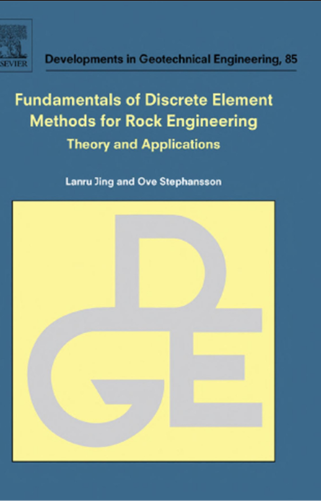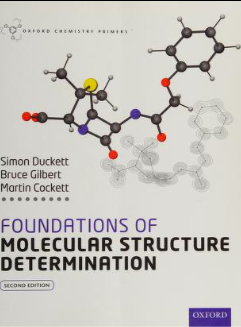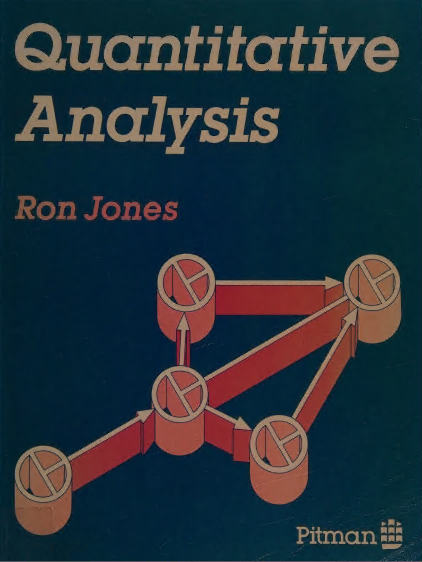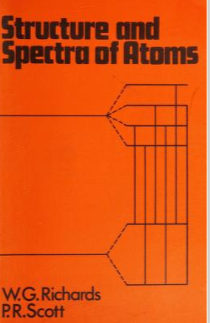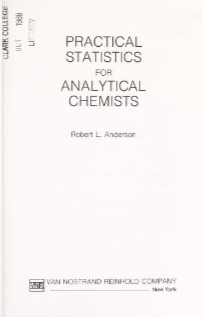1 INTRODUCTION This book is about the fundamentals and some application cases of the discrete element methods (DEM). The main reason for the general difficulties in modeling rock masses, by whatever numerical method, is that rock is a natural geological material and so its physical and engineering properties cannot be established or defined through a manufacturing process as for metals or plastic materials. The rock masses are largely DIANE (discontinuous, inhomogeneous, anisotropic and non-elastic) in nature (Harrison and Hudson, 2000). Rock masses are pre-loaded, i.e. they are under stress and continuously affected by dynamic movements in the upper crust of the Earth, such as tectonic movements, earth- quakes, land uplifting/subsidence, glaciation cycles and tides, in addition to gravity. A rock mass is also a fractured porous medium containing fluids in either liquid or gas phase (e.g., water, oil, natural gases and air), under complex in situ conditions of stresses, temperature and fluid pressures. The combination of constituents and its long history of formation make rock masses complex materials for mathematical modeling in closed forms, and numerical modeling becomes inevitable for the design and performance assessments of rock engineering projects. Knowledge of the coupled thermo-hydro-mechanical and chemical (T-H-M-C) processes about evolutions of geometrical structures and constitutive behavior of the fractured rock masses under combined static/dynamic loading conditions, fluid flow and pressure, temperature gradients and geochemical reactions becomes essential for the reliable solutions of many rock engineering problems, especially when impacts on environment are required to be understood. To adequately capture the complex physical and/or geochemical aspects of fractured rocks and the effects of perturbations introduced by engineering, a numerical method should have the capability to represent the system geometry (especially the fracture system geometry or its effects), boundary and initial conditions, the natural and induced loading/perturbation histories, adequate constitutive laws for both the rock matrix and fractures, including scale and time effects. For projects with environmental impacts, the necessary coupled physical and chemical process models must be considered, and the problems need to be represented essentially in three-dimensional (3D) space. Such ‘all-encompassing’ numerical models do not exist today – mainly because of our limited knowl- edge concerning the physical behavior of rock fractures and fractured rock masses, our limited means to represent the geometry and evolution of complex rock fracture systems and our still limited computational capacity for large or very large scale problems, even given the perpetual increase of our computing capacity nowadays. For many practical problems with complex structural conditions, numerical modeling is still largely a tool for conceptual understanding, providing guiding ideas for design and operation of rock engineering structures where there is a large degree of uncertainty involved, and generic studies which can provide more in-depth understanding of the fundamental behavior of rock masses. However, for ‘simpler’ rock engineering projects, such as tunnel design and slope stability analysis in which there is adequate information about the behavior of rock materials and fractures, numerical modeling has already become
چکیده فارسی
1 مقدمه این کتاب در مورد اصول و برخی موارد کاربردی روشهای عناصر گسسته (DEM) است. دلیل اصلی مشکلات کلی در مدلسازی تودههای سنگ، با هر روش عددی، این است که سنگ یک ماده زمینشناسی طبیعی است و بنابراین خواص فیزیکی و مهندسی آن را نمیتوان از طریق فرآیند ساخت مانند فلزات یا مواد پلاستیکی تعیین یا تعریف کرد. توده های سنگی عمدتاً دارای طبیعت DIANE (ناپیوسته، ناهمگن، ناهمسانگرد و غیرکشسان) هستند (هاریسون و هادسون، 2000). توده های سنگی از قبل بارگذاری شده اند، یعنی تحت تنش هستند و به طور مداوم تحت تأثیر حرکات دینامیکی در پوسته فوقانی زمین، مانند حرکات زمین ساختی، زمین لرزه، بالا آمدن/ فرونشست زمین، چرخه های یخبندان و جزر و مد، علاوه بر گرانش هستند. توده سنگ همچنین یک محیط متخلخل شکسته حاوی سیالات در فاز مایع یا گاز (به عنوان مثال، آب، نفت، گازهای طبیعی و هوا)، تحت شرایط پیچیده در محل تنش، دما و فشار سیال است. ترکیب اجزای تشکیل دهنده و تاریخ طولانی تشکیل آن، توده های سنگی را به مواد پیچیده ای برای مدل سازی ریاضی در اشکال بسته تبدیل می کند و مدل سازی عددی برای طراحی و ارزیابی عملکرد پروژه های مهندسی سنگ اجتناب ناپذیر می شود. آگاهی از فرآیندهای ترمو-هیدرومکانیکی و شیمیایی (T-H-M-C) در مورد تحولات ساختارهای هندسی و رفتار سازنده توده های سنگی شکسته تحت شرایط بارگذاری ترکیبی استاتیکی/دینامیکی، جریان و فشار سیال، گرادیان های دما و واکنش های ژئوشیمیایی ضروری است. راه حل های قابل اعتماد بسیاری از مسائل مهندسی سنگ، به ویژه زمانی که نیاز به درک تأثیرات بر محیط زیست است. برای دریافت مناسب جنبه های فیزیکی و/یا ژئوشیمیایی پیچیده سنگ های شکسته و اثرات اغتشاشات معرفی شده توسط مهندسی، یک روش عددی باید قابلیت نمایش هندسه سیستم (به ویژه هندسه سیستم شکست یا اثرات آن)، مرزها و شرایط اولیه را داشته باشد. ، تاریخچه بارگذاری/اختلال طبیعی و القایی، قوانین سازنده کافی برای ماتریس سنگ و شکستگی ها، از جمله اثرات مقیاس و زمان. برای پروژههایی با اثرات زیستمحیطی، مدلهای فرآیند فیزیکی و شیمیایی جفت شده لازم باید در نظر گرفته شوند و مشکلات باید اساساً در فضای سهبعدی (3D) نمایش داده شوند. چنین مدلهای عددی فراگیر امروزه وجود ندارند - عمدتاً به دلیل دانش محدود ما در مورد رفتار فیزیکی شکستگیهای سنگ و تودههای سنگ شکسته، ابزار محدود ما برای نشان دادن هندسه و تکامل سیستمهای شکستگی سنگ پیچیده و هنوز ظرفیت محاسباتی محدود برای مسائل در مقیاس بزرگ یا بسیار بزرگ، حتی با توجه به افزایش دائمی ظرفیت محاسباتی ما امروزه. برای بسیاری از مسائل عملی با شرایط پیچیده ساختاری، مدلسازی عددی هنوز تا حد زیادی ابزاری برای درک مفهومی است، ارائه ایدههای راهنما برای طراحی و بهرهبرداری از سازههای مهندسی سنگ که درجات زیادی از عدم قطعیت در آن وجود دارد، و مطالعات عمومی که میتوانند اطلاعات بیشتری را ارائه دهند. درک عمیق رفتار بنیادی توده های سنگی با این حال، برای پروژههای مهندسی سنگ «سادهتر»، مانند طراحی تونل و تجزیه و تحلیل پایداری شیب که در آن اطلاعات کافی در مورد رفتار مواد سنگی و شکستگیها وجود دارد، مدلسازی عددی قبلاً تبدیل شده است
ادامه ...
بستن ...
Elsevier
Radarweg 29, PO Box 211, 1000 AE Amsterdam, The Netherlands
Linacre House, Jordan Hill, Oxford OX2 8DP
First edition 2007
Copyright Ó 2007 Elsevier B.V. All rights reserved
No part of this publication may be reproduced, stored in a retrieval system
or transmitted in any form or by any means electronic, mechanical, photocopying,
recording or otherwise without the prior written permission of the publisher
Permissions may be sought directly from Elsevier’s Science & Technology Rights
Department in Oxford, UK: phone (+44) (0) 1865 843830; fax (+44) (0) 1865 853333;
email: permissions@elsevier.com. Alternatively you can submit your request online by
visiting the Elsevier web site at http://elsevier.com/locate/permissions, and selecting
Obtaining permission to use Elsevier material
Notice
No responsibility is assumed by the publisher for any injury and/or damage to persons
or property as a matter of products liability, negligence or otherwise, or from any use
or operation of any methods, products, instructions or ideas contained in the material
herein. Because of rapid advances in the medical sciences, in particular, independent
verification of diagnoses and drug dosages should be made
Library of Congress Cataloging-in-Publication Data
A catalog record for this book is available from the Library of Congress
British Library Cataloguing in Publication Data
A catalogue record for this book is available from the British Library
ISBN: 978-0-444-82937-5
ISSN: 0165-1250
For information on all Elsevier publications
visit our website at books.elsevier.com
Printed and bound in The Netherlands
07 08 09 10 11 10 9 8 7 6 5 4 3 2 1
ادامه ...
بستن ...
